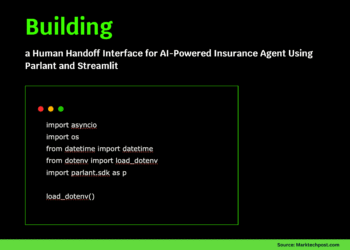This guide explores the fundamentals of image annotation, its techniques, real-world applications, how to choose the right image annotation service provider, and more.
What is Image Annotation?
Image annotation (a subset of data annotation) is labeling images or tagging relevant information, strategically incorporating human-powered efforts and sometimes computer assistance. Labeling images is crucial to build computer vision models for tasks like image classification, image segmentation, and object detection. Labeled images help identify and highlight specific features, such as objects or regions within them, and it can range from the task of annotating a group of pixels to one label for the entire image. Image annotation is also called a key driver of growth truth data, empowering AI and ML models to recognize patterns and make thoughtful decisions on the basis of visual inputs.
What are the Steps of Image Annotation?

The image annotation process involves several key steps:
Image Collection – A dataset of relevant images or videos is gathered such as traffic scenes, medical scans, retail shelves, satellite imagery, etc., as per the AI use case.
Define Label Types – Define label types, involving actions (e.g., walking, waving), objects (e.g., vehicles, tools), or attributes (e.g., color, ripeness).
Create Annotation Classes and Objectives – Project stakeholder define what has to be annotated, including the type of labeling required (e.g., bounding boxes, segmentation), the objects of interest (e.g., people, products, animals), and the context (e.g., behavior, pose, condition).
Trained Annotators – There is a need for skilled human annotators who understand annotation guidelines and objectives.
Right Annotation Tools – After setting label types, annotators use tools such as CVAT, V7, Labelbox, and SuperAnnotate to apply techniques like polygons, keypoints, or bounding boxes. It enables precise and scalable annotations to help computer vision models interpret visual data accurately.
Quality Assurance – Strong QA is key to build reliable and real-world-ready AI models. It involves ensuring annotation accuracy with manual reviews, automated error checks, and expert validation.
Versioning and Export – Maintain version control of annotated datasets and export them in formats compatible with ML models. Formats include JSON, Pickle, or XML as per the usage. The formats could be XML, JSON, or pickle, depending on its intended use. Preferable formats for deep learning models are COCO and Pascal VOC. All such formats support seamless integration with model architectures, built to accept them that reduce the need for extra preprocessing.

















